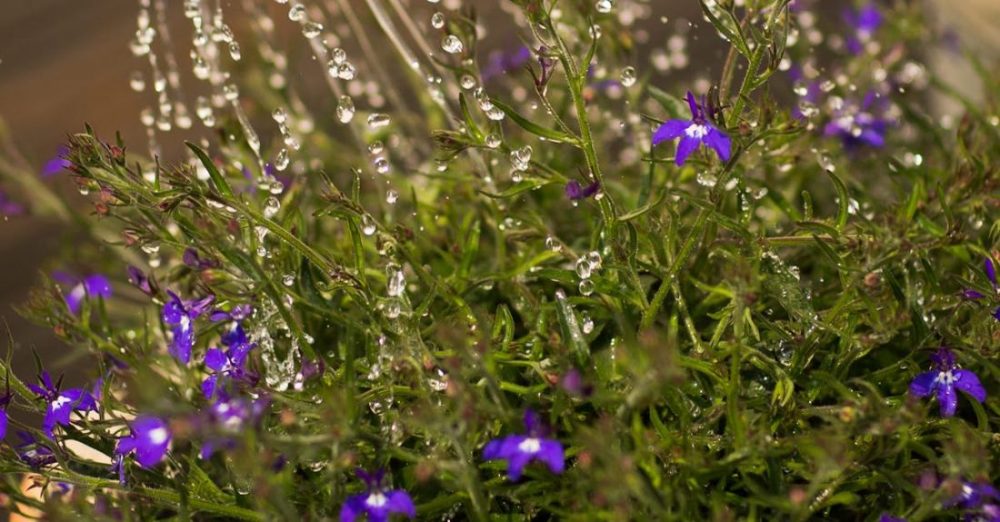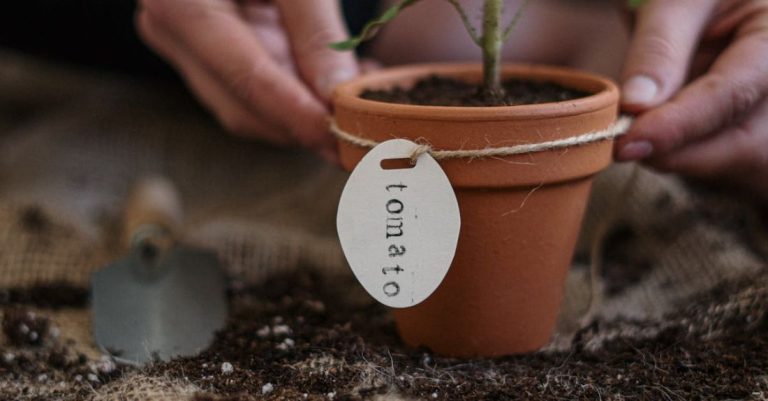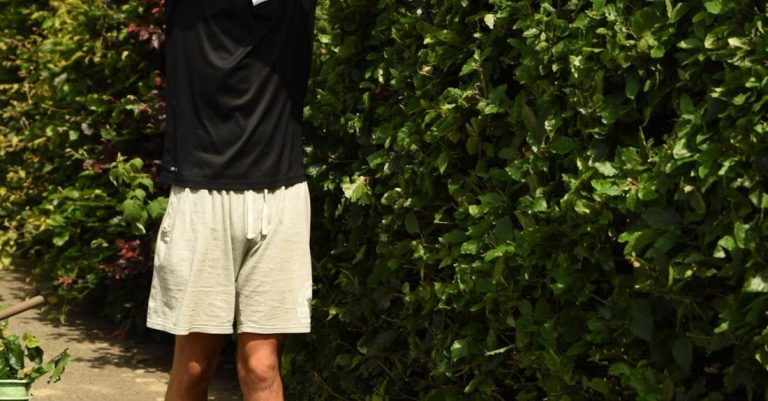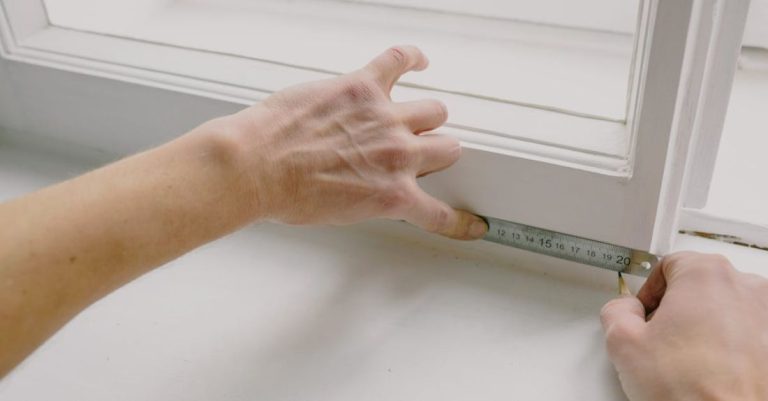
Watering cans are essential tools for any avid gardener or plant enthusiast. Not only do they make watering plants easier and more efficient, but they also add a touch of charm to your gardening routine. With so many options available in the market, choosing the best watering can for your needs can be overwhelming. Here are some key factors to consider to help you select the perfect watering can for your gardening needs.
### Size and Capacity
The first consideration when selecting a watering can is the size and capacity. The size of the watering can should be proportional to the size of your garden or the number of plants you need to water. If you have a small balcony garden with a few potted plants, a smaller watering can with a capacity of 1-2 liters may be sufficient. However, for larger gardens or outdoor spaces, a watering can with a capacity of 5-10 liters would be more practical as it reduces the need for frequent refills.
### Material and Durability
Another important factor to consider is the material of the watering can. Watering cans are commonly made of plastic, metal, or galvanized steel. Plastic watering cans are lightweight and affordable, making them ideal for beginner gardeners or indoor use. Metal watering cans, on the other hand, are more durable and can withstand outdoor conditions better. Galvanized steel watering cans are rust-resistant and have a longer lifespan, making them a great investment for avid gardeners.
### Design and Spout
The design of the watering can also plays a significant role in its functionality. Look for a watering can with a comfortable handle that allows for easy gripping and pouring. The spout of the watering can should be long and narrow to provide a precise and controlled flow of water, especially for delicate plants or seedlings. Some watering cans come with interchangeable spouts or rose attachments that allow you to adjust the water flow depending on your needs.
### Weight and Ergonomics
Consider the weight of the watering can, especially if you have a large garden or mobility issues. A lightweight watering can is easier to carry around and reduces strain on your arms and back. Ergonomically designed watering cans with balanced weight distribution and comfortable handles are more convenient to use for extended periods without causing fatigue.
### Additional Features
Some watering cans come with additional features that can enhance your watering experience. Look for watering cans with built-in water level indicators to prevent overwatering or under-watering your plants. Self-watering systems or long-reach spouts can also be beneficial for hard-to-reach plants or hanging baskets. Choose a watering can with a detachable sprinkler head for versatile watering options, such as a gentle shower or a targeted stream.
### Maintenance and Cleaning
Proper maintenance and cleaning are essential to ensure the longevity of your watering can. Plastic watering cans are easy to clean and resistant to rust, while metal watering cans may require occasional cleaning and drying to prevent corrosion. Avoid leaving water sitting in the watering can for extended periods, as it can lead to mold or mineral buildup. Rinse your watering can after each use and store it in a dry place to prevent damage.
### Choosing the Best Watering Can for Your Garden
Selecting the best watering can for your garden involves considering factors such as size, material, design, weight, and additional features. Choose a watering can that suits your gardening needs and preferences, whether you have a small indoor garden or a sprawling outdoor oasis. Investing in a high-quality watering can will not only make watering your plants easier but also add a touch of style to your gardening routine. With the right watering can in hand, you can nourish your plants and watch them flourish with care and precision.





